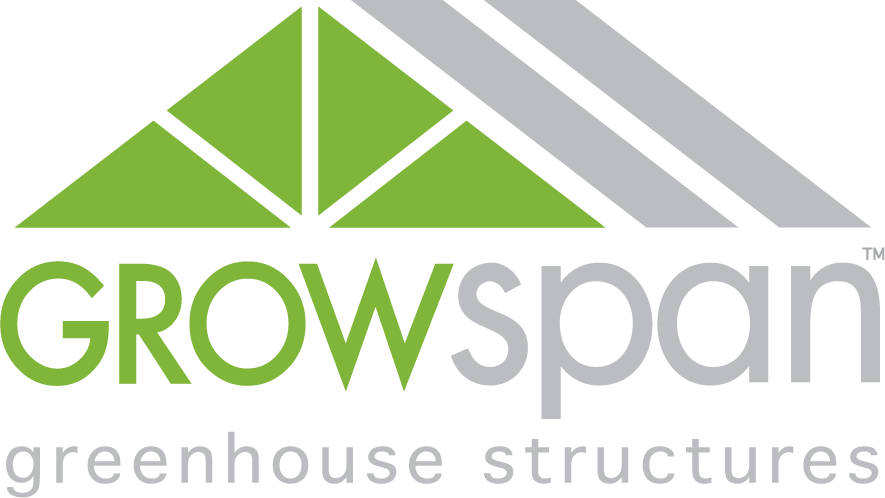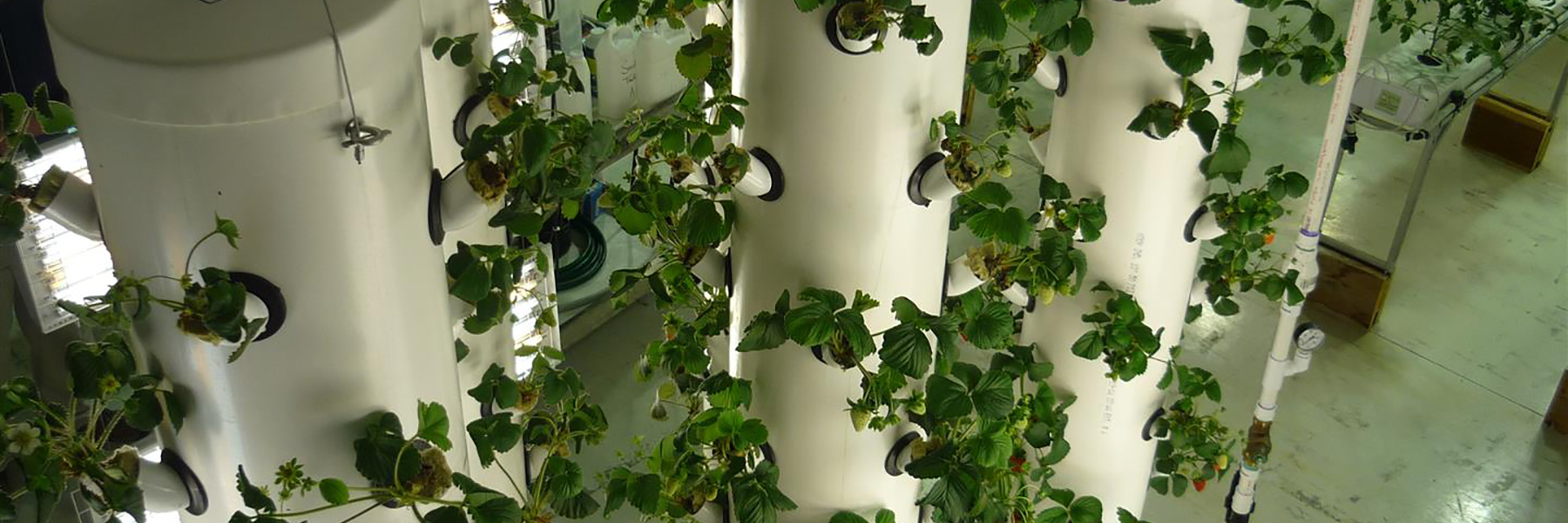Addressing Local Growth in Urban Settings with Vertical Farming
July 21, 2017
As part of the local food movement, growers and community organizers alike are embracing inventive ways to grow food in urban areas. Vertical farming is becoming more and more popular because it is a simple and space-saving way to provide fresh produce. Edible walls full of live greens can be found at some restaurants or community gardens in any thriving city. For many major cities, “local” food can mean that the food comes from hundreds of miles away and can be significantly costly, having traveled such long distances. Engineering vertical farms in cities can really help urban communities feed themselves sustainably for many years into the future.
There are a number of benefits that make vertically farmed produce competitive in the market. Indoor growers can match production of outdoor growers if effectively using vertical growing systems. The obvious advantage is the space-saving quality of vertical farming. With this method, urban growers are not limited to space restrictions; the only way to go is up.
Adaptable and Clean Growing
Vertical farming is very adaptable. Warehouses, classrooms, shipping containers, restaurants and rooftops are all easily utilized for growing vertically. Hauling in loads of soil or compost to a warehouse can be messy and costly. Vertical farming generally relies on hydroponics and aeroponics. Eliminating soil through vertical farming helps to relieve dependence on extra inputs and materials.
Vertical farming therefore provides a cleaner grow medium for indoor or city growers. In a clean growing environment, hydroponics can help minimize the occurrence of pests and disease. This quality makes vertical farming a dependable source for cities that rely on rural farms potentially facing drought or crop failure.
Vertical Aeroponic Systems
HydroCycle’s Vertical Aeroponic System uses a nutrient-rich mist that keeps plants moist and provides superior aeration and oxygen to the plant roots, which allows them to grow more quickly compared to traditional growing methods. Vertical aeroponics systems have the ability to evenly distribute nutrients to individual plants creating a level of accuracy that is difficult to maintain in other grow media. Vertical aeroponics systems use up to 80 percent less fertilizer than conventional growing methods because of the accuracy of the direct nutrient delivery system. These systems can produce over 200 plants within 20 square feet. Furthermore, the aerated roots in an aeroponic system allows for a faster less inhibited growth, without compacted soils. The ability to turnover produce and begin a new succession of planting without amending depleted soils is a major growing advantage to these systems.
Community Farming
For communities growing fast greens to supply to schools or other institutions, an aeroponic tower can be an exciting experiment to involve community members in growing. Numerous community youth programs exist across the nation and are looking for growing systems that are innovative and easy to operate and maintain. Adding an aeroponic system to an urban area can employ locals and help get city kids to become active in learning about food culture.
With the largest migration of rural populations moving into cities ever seen, supplying food security is a vital goal in today’s global world. Being able to provide fresh greens to urban institutions like schools and hospitals is one of the great benefits of vertical farming systems.
New Technology
Many vertical farmers employ low-tech, but innovative solutions that require little to no electricity and minimal resources for growing. As technologies in lighting, sensors, automation and smart farming will make vertical farming an easy task to take on for growers in little to no time. Sensors that link up to apps help growers keep an eye on their produce from afar. Additionally, as this technology develops, sensors will be able to trigger automated systems to address watering, nutrient application, climate control and harvesting. LED advancements will help create a more efficient way to light greenhouses or keep grow lights going.
With contemporary advancements of indoor growing technology, vertical farming in cities is becoming more popular and conceivable than ever before.

